 James Ramskir-Gardiner is the Agroforestry Adviser for the Forestry Commission covering England. Here he shares tips for getting the most from your Environmental Land Management (ELM) in-field agroforestry application.
James Ramskir-Gardiner is the Agroforestry Adviser for the Forestry Commission covering England. Here he shares tips for getting the most from your Environmental Land Management (ELM) in-field agroforestry application.
This blog includes references to the Sustainable Farming Initiative (SFI). On Tuesday 11 March the government stopped accepting new applications for SFI.
Find out what other support you can access in our Funding and grants for agroforestry guidance page on GOV.UK.
There is an old adage that says the best time to plant a tree was 20 years ago, the second-best time is now. In 2024 Defra launched the ELM in-field agroforestry offer, providing more support for creating and managing agroforestry than there has ever been.
There are agroforestry actions across various tree densities to encourage more trees in the farmed landscape. Find out more about funding and grants for agroforestry on GOV.UK.
If you are a farmer interested in applying for an in-field agroforestry offer to harness the positive benefits from integrating trees into your farm, here are 5 tips for making a successful application.
And if you're unsure whether agroforestry is right for you, have a read of our blog Is agroforestry right for your farm? New funding to help plan and establish agroforestry systems.
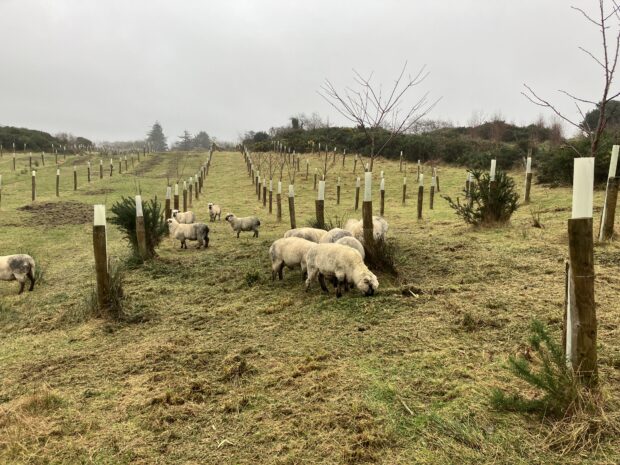
1. Check whether you're in a sensitive area for tree planting
After you have identified which field parcels you would like to consider for your application, the first thing you need to check is whether they are in a less sensitive area for tree planting. You can easily check this using the Forestry Commission’s Sustainable Farming Incentive (SFI) Agroforestry map.
If your field parcels are on more sensitive land, Countryside Stewardship Higher Tier options will be available to you to create and manage agroforestry on your land. In these options, you will be supported and guided by either a Forestry Commission or Natural England advisor to ensure your application limits any negative environmental impacts whilst maximising the benefits for your farm and farm business.
Higher tier will be rolled out in a controlled way by invitation, and more details will be provided in February. Invited applicants will be able to submit their applications from summer 2025. Find out more by reading the Higher Tier preview guidance on GOV.UK.
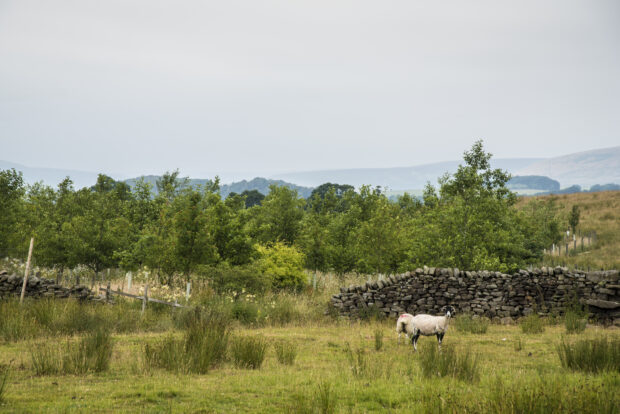
2. Make use of the agroforestry plan (PA4) capital item
Introducing trees into the farming system can bring an additional layer of complexity to managing the land. The funded agroforestry plan can help support the healthy establishment and management of an in-field agroforestry system, which supports agricultural output and can improve the farm’s overall resilience to climate change.
The funded plan will help you decide what agroforestry system might be a good fit with your farm business and identify potential considerations across the farm for planting trees. It also supports the creation of an individual field parcel management document for easy and accessible management of new or existing agroforestry systems.
This can help you, or your contractor, to easily achieve the management requirements of both the SFI and Higher Tier revenue options. The plan will be approved by either your Forestry Commission or Natural England advisor, who can help you with determining the relevant features and management interventions for your system.
The Agroforestry Plan is a requirement for any Higher Tier applications and it is an optional extra for any SFI applications. Due to the additional support you receive, we strongly recommend you make use of it regardless which ELM grants, or other financing, you use.

3. Think about tree species suitability
Picking the right trees for your in-field agroforestry system is one of the most important considerations you need to make. A great place to start is with the Forest Research Tree Species Guide for UK Agroforestry Systems which can help you decide on the type of trees that will be best suited for your farm and objectives, as well as how best to manage those trees.
Checking with your local Forestry Commission officer can help you consider any tree health issues you may need to consider.
4. Consider whether you need an Environmental Impact Assessment (EIA)
Depending on your tree species choices, spatial arrangements and the location of your land, you may require a forestry EIA. The newly updated Definition of trees and woodland is a really helpful resource to help you determine whether you need to apply for an EIA screening.
If no forestry EIA is required, you may require an agricultural EIA assessment screening from Natural England.
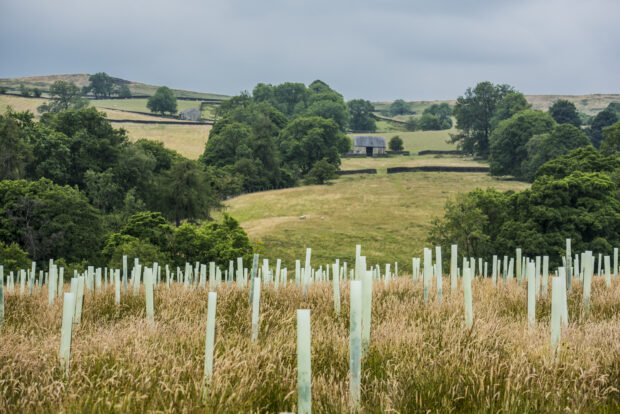
5. Choose the right tree guard
When planting any trees, the protection of them is an important consideration. When using capital items AF1: Plant an agroforestry woodland tree and AF2: Plant an agroforestry fruit tree, you must ensure they are planted with basic protection (such as individual tree shelters).
There are additional capital items available that can be used in conjunction with AF1 and AF2 to protect the trees from pests and grazing animals:
There are also standalone fencing capital items available for both livestock and deer fencing for use on the farm to protect newly planted trees, natural features and habitats such as buffer strips and field corners taken out of management.
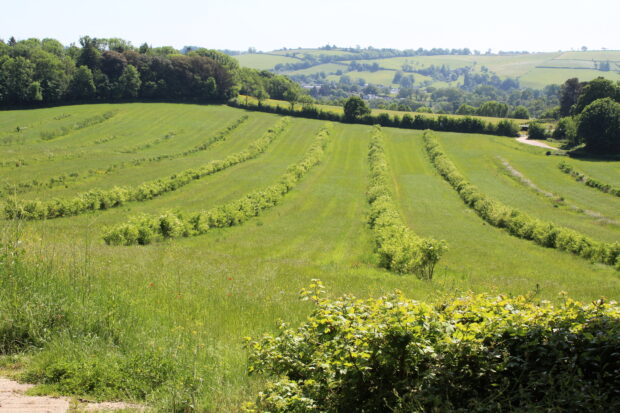
Capital grants currently unavailable
As announced by Defra in November, due to unprecedented demand, some capital grant items are temporarily closed to new applications including:
- AF1: Plant an agroforestry woodland tree
- AF2: Plant an agroforestry fruit tree
- AF3: Species diversity bonus
- TE6: Tree guard (tube and mesh)
- TE7: Tree guard (wood post and rail)
- TE8: Tree guard (wood post and wire)
Agreements that have already been signed are not affected and you should continue with the work set out in your agreement. The Rural Payments Agency will continue to process the applications already received. The PA4: Agroforestry plan is still available for application.
Advice and guidance can be provided by your local Agroforestry Woodland Officer (AFWO) on all of the areas covered above, along with other aspects of successfully integrating trees into your farming business.
To be put in touch with your local AFWO, please email GRNationalteam@forestrycommission.gov.uk with your location and they will get back to you shortly.
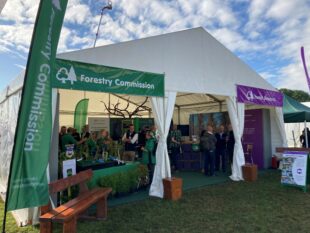


3 comments
Comment by Andrew posted on
Great to see support for agroforestry growing in the UK. As the AF offer develops it would be wonderful to see grant support for forest gardens and food forests, particularly within urban environments, as well as grants to support community access to land by enabling them to purchase or lease land on which to grow food and timber.
Comment by Roderick Leslie posted on
It might be a good idea to explain why a farmer might want to go into agroforestry and what the costs & benefits are.
Comment by Forestry Commission posted on
Absolutely! Thanks for the suggestion - we'll consider a future blog post on the topic. We recommend looking at our A guide to agroforestry page on GOV.UK for further info: https://www.gov.uk/guidance/a-guide-to-agroforestry